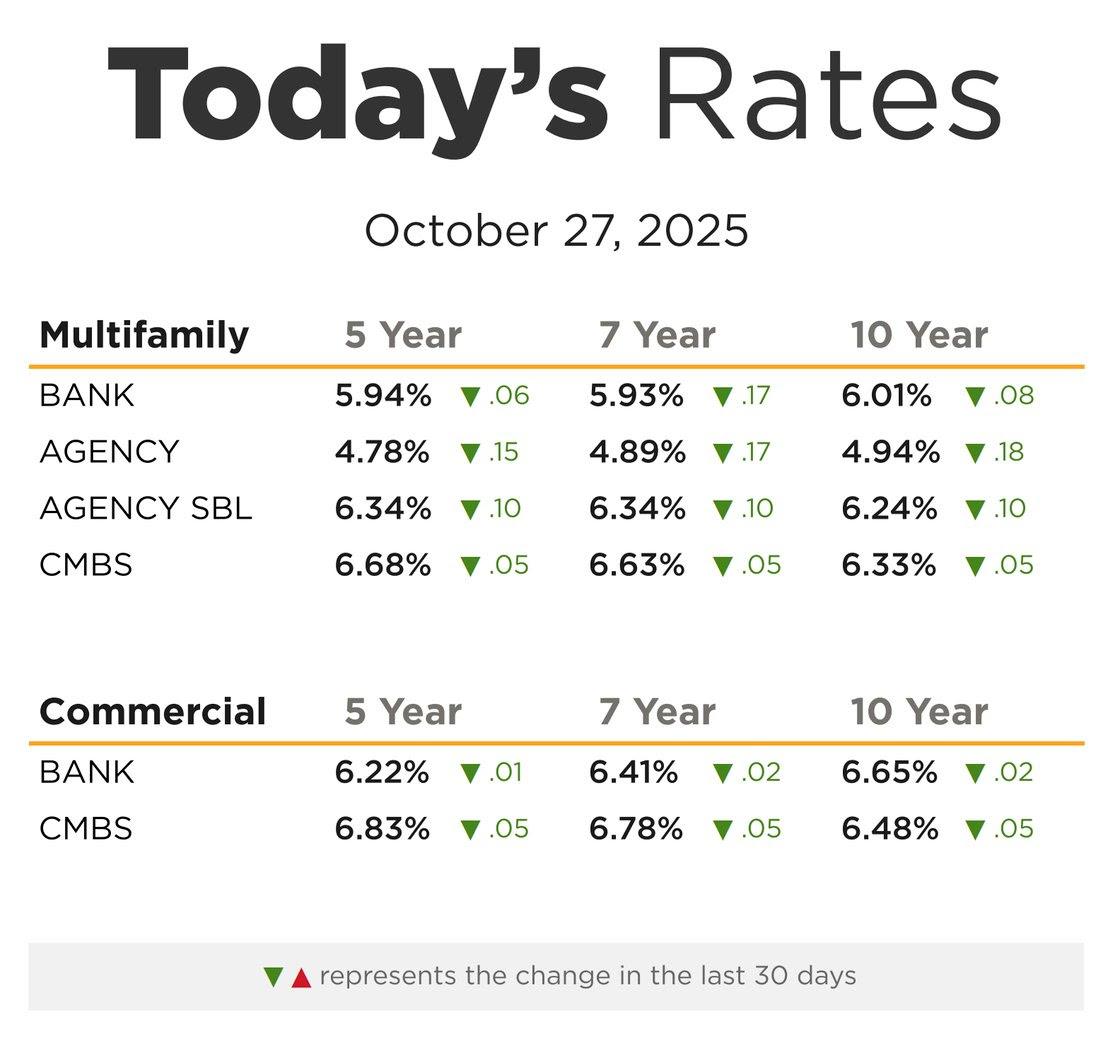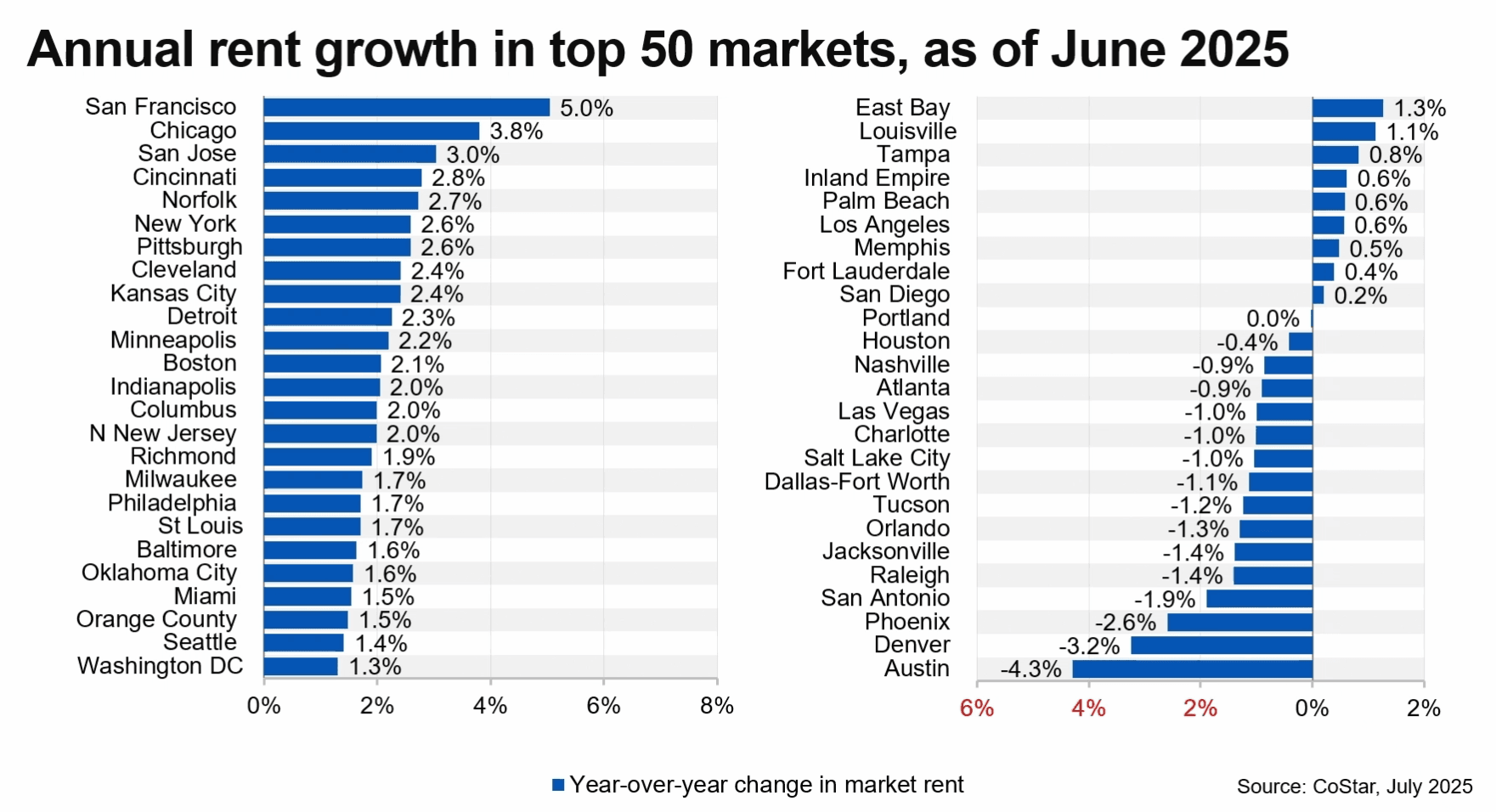But a new analysis from First American Financial Corporation suggests that there’s a bottom to cap rates the industry is reaching.
Think cap rates are crazy low? They could drop even more as investors battle to own CRE income streams, according to a new analysis from First American Financial Corporation. But the firm says cap rates may be reaching a cyclical bottom.
For most of the last 20 years, the average cap rate across office, industrial, retail, multifamily, hotel, and senior housing has been dropping and is now at a period low “due to today’s low-interest-rate environment and the limited supply of commercial real estate properties relative to strong post-pandemic demand,” Xander Snyder, a senior commercial economist at First American, said in prepared remarks.
The firm has a model it calls the potential capitalization rate that “estimates capitalization rates based on the historical relationship between interest rates, rental income, prevailing occupancy rates, the amount of commercial mortgage debt in the economy, and recent property price trends.” It’s a theoretical bottom to cap rate. If the actual cap rate is higher, then, according to the model, there is room for rates to fall even more.
Since 2017, the potential rate has sat below the actual rate because of low-interest rates that “reduced financing costs and increased buying power for CRE investors,” Snyder said.
In the last quarter of 2021, the actual cap rate hit 5.2%, a record low, but the potential cap was 4.4%. That means property price growth might still top income growth.
However, the zero-interest rate regime is officially over. With inflation rising faster than anyone is comfortable with, financing costs go up, and buying power recedes. “The potential cap rate, as supported by market fundamentals, maybe as low as it can go,” said Snyder. “However, since the actual cap rate remains above the potential cap rate, the actual cap rate could still go even lower as CRE investors compete with each other for the income streams that commercial real estate provides.”
As always, remember that models are approximations, not absolute representations of reality. The factors that First American has considered are clearly important, but there may be others, even ones specific to particular locations, that might be at play. Also, averages aren’t ultimately descriptive. The specifics of properties and locations can turn generalities on their heads, so bring questioning and local analysis to play.
Source: Property Prices Could Rise With Cap Rates Poised to Fall Even Further
Receive Market Insights
Periodic analysis on rents, pricing, cap rates, and transaction activity across Chicago and key suburban markets.



